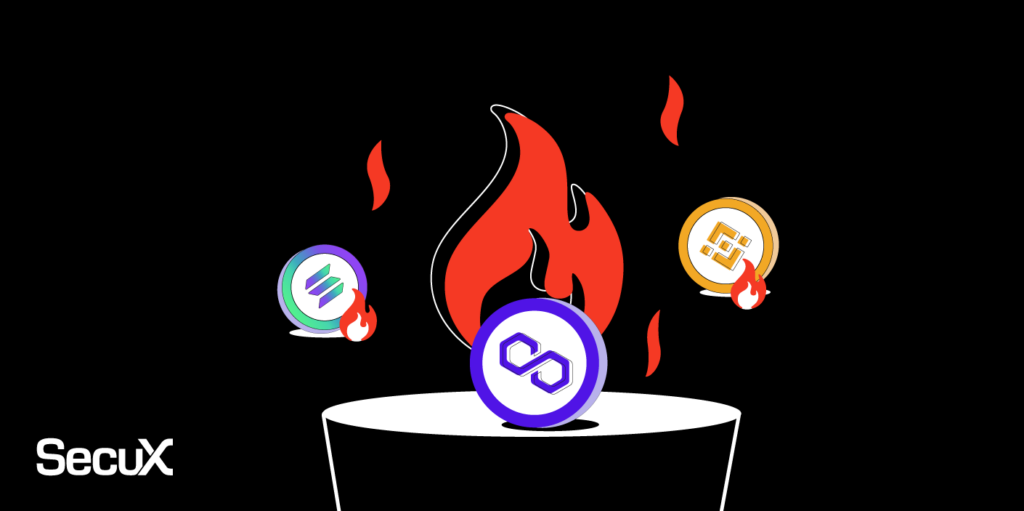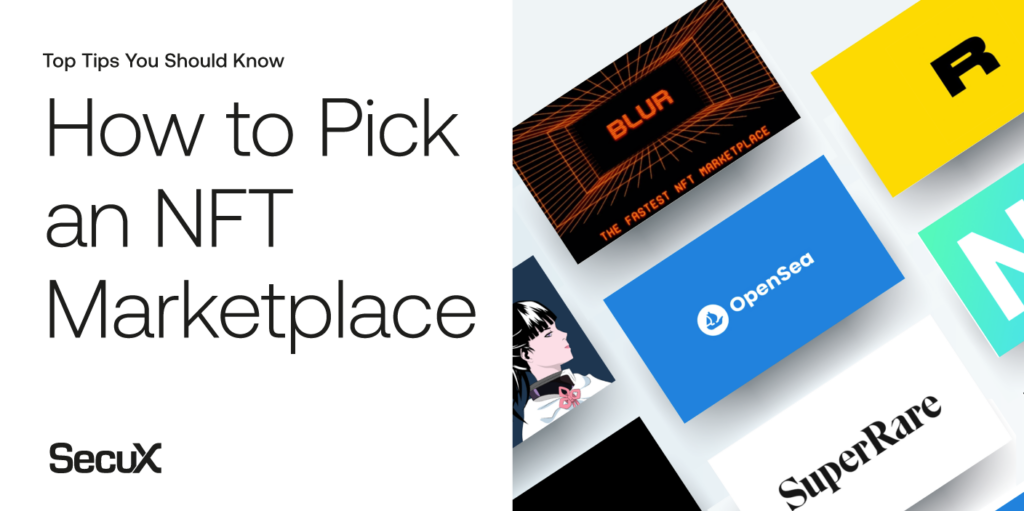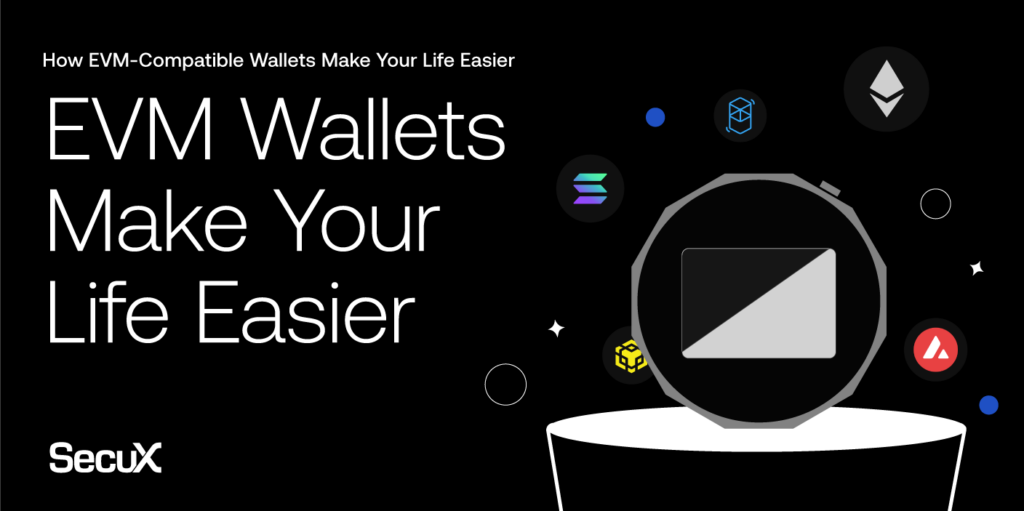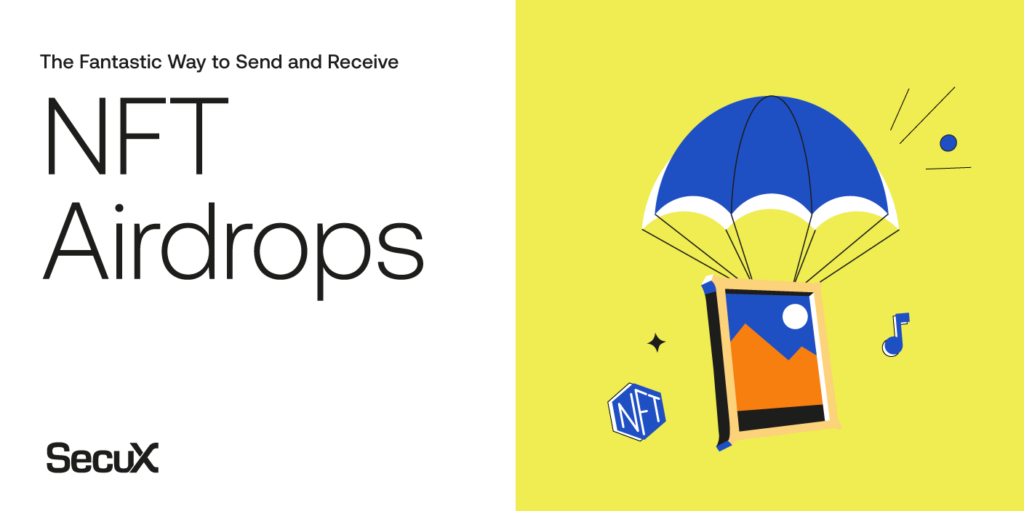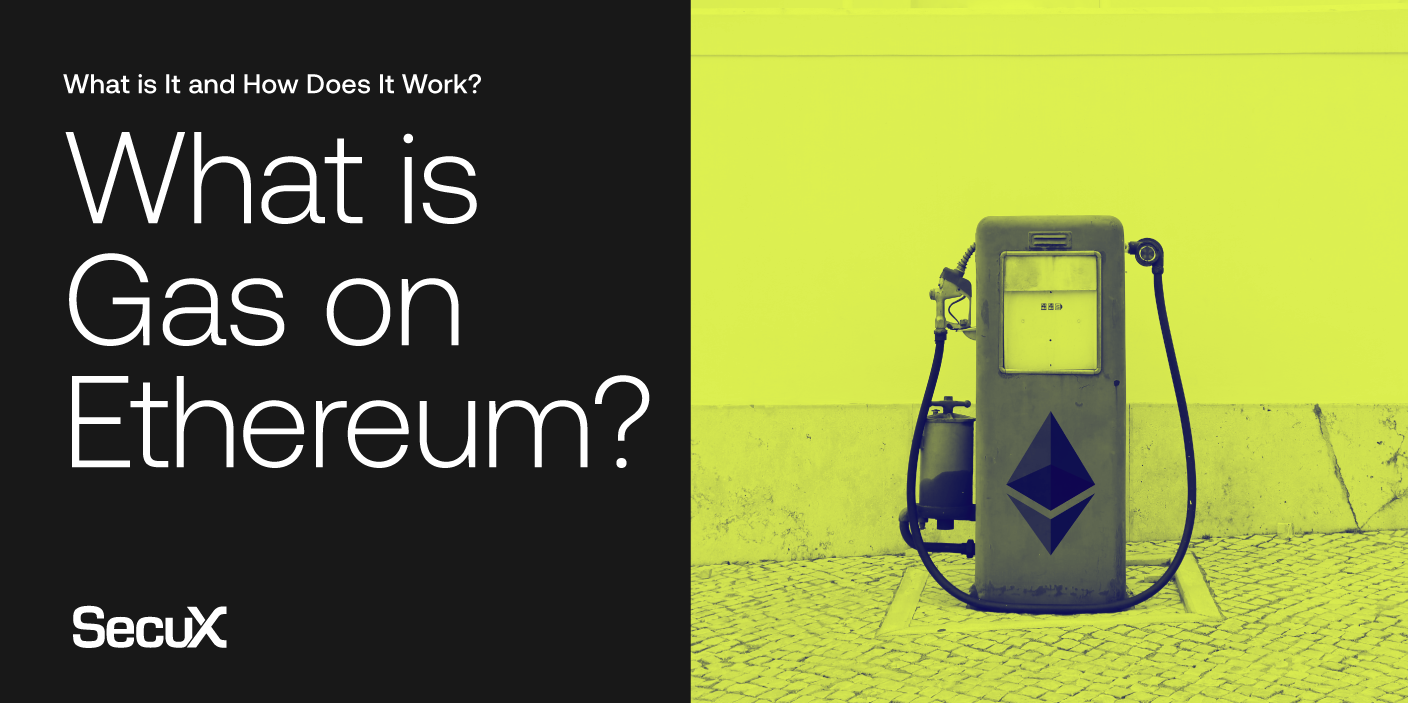
As far as we know, cars require gas, but now blockchains do as well. Rather than being something tangible, the gas fee on the Ethereum blockchain is something else altogether. The concept is similar to vehicles needing gas, as the term on Ethereum also refers to something required to make things run. What do we mean? You’ll find out.
Table of Contents
- What is Gas on Ethereum?
What are Gas Fees?
To put it simply, you can view a gas fee as a transaction fee. Ethereum gas fees are units used to measure the “computational effort required” to carry out transactions on the blockchain. Gas fees are involved in every operation on the Ethereum network.
All blockchains have a transaction fee, but the term “gas fee” or “gas” is unique to Ethereum.
Why are Ethereum Gas Fees So High?
If you’ve done some research on blockchains and their transaction fees, then we have no doubt that you’ve heard that Ethereum has high gas costs compared to other chains such as Solana or Cardano. Why is this?
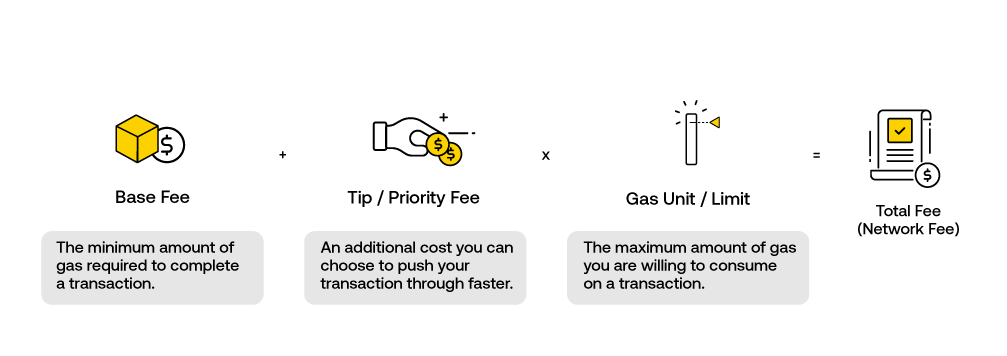
Let’s take a look at how gas fees are calculated first. The equation is quite simple and it looks like this: Base fee (+tip) x gas unit/limit = total fee.
At SecuX, our “network fee” is the equivalent of the total fee, which consists of an accumulation of the following parts:
Base Fee
The base fee is the minimum amount of gas required to complete a transaction on the Ethereum network. The base fee will vary depending on the type of transaction and the demand (how many people are carrying it out at a given time).
Gas Unit/Limit
This refers to the maximum amount of gas a person is willing to pay to complete a transaction. Keep in mind that transaction fees on the Ethereum network will vary depending on the type.
Tip/Priority Fee
The priority fee, sometimes referred to as the tip, is an additional cost you can choose to pay in order to push your transaction through faster. This is optional but can make a difference.
There are a few reasons why gas fees are soaring and one of them is because the cost of ETH (native token to the Ethereum blockchain) is high.
Another reason is the dynamic base fees. The base fees fluctuate due to high demand, so because Ethereum is one of the largest blockchains and is very popular, the base fees have gone up.
The other reason is the consensus mechanism. Ethereum was previously proof-of-work (POW), whereas most other chains are proof-of-stake (POS). POW requires computational resources and power to generate a new block on the chain.
It uses a more competitive validation method for miners (the people doing the work). All these reasons cause the POW consensus mechanism to be more expensive.
POS requires individuals to stake crypto to add a new block to the chain and randomly chooses validators to confirm transactions. The process is more streamlined and faster than POW.
Is There a Benefit to Gas Fees?
No one likes additional fees, so why not do away with them altogether? Gas fees are necessary to incentivize miners (people who manually put in work) to validate transactions. There would also be no incentive to stake ETH to bolster the security of the network.
The Solution to High Gas Fees
There are steps you can take to mitigate the high Ethereum gas fees, but more on that in a bit. Ethereum itself realizes that many other chains offer a more efficient and less expensive way to transact, which brought on the need to figure out a solution – Ethereum 2.0.
Ethereum 2.0 is the blockchain’s solution to a more efficient, faster and scalable platform. It takes into account all the benefits of a POS consensus mechanism and upgrades Ethereum to reduce fees and eliminate miners with a much more effective computational process. The switch from a POW to a POS blockchain is also referred to as The Merge.
Ethereum Gas Limit
The Ethereum gas limit refers to the max fee an individual can use to carry out a transaction. The standard gas limit is around 21,000 units. The gas limit will also depend on the type of transaction.
Simple payment transactions will have a lower gas limit compared to ones that require higher computational power, such as deals involving smart contracts.
It’s okay if the gas limit is set too high, because the Ethereum Virtual Machine (EVM), which is responsible for executing smart contracts and assessing the state of the network will refund the remaining amount.
However, if the gas fee is set too low, the EVM could decline the transaction and the user could lose the entire transaction fee.
How to Reduce Gas Fees
Luckily, there are some things you can do to try and limit or reduce the gas price. While it’s true that the gas fee greatly hinges on the state of the Ethereum network, individual users still have some control over the gas prices.
Here are some things you can do:
- Conduct a particular transaction during low-demand periods. The gas fee on weekends is usually lower than on weekdays.
- The time of day matters. You can reduce the cost of the total fee by picking the right hour. The best time is usually between 12 am to 4 am EST.

FAQ
Who pays Ethereum gas fees?
The person requesting the transaction is the one paying the gas fee. The cost goes to the validators for carrying out and verifying transactions.
How are Ethereum fees paid?
The gas price on the Ethereum blockchain is paid in ETH or ERC-20, the tokens native to the network.
Did Ethereum gas fees go down?
No, Ethereum gas fees were not directly affected by The Merge but it did successfully set up future optimizations. The biggest cause for the Ethereum gas decrease is the lowered demand.
Conclusion
Gas fees on the Ethereum blockchain are necessary, but they don’t always have to be so high. The cost fluctuates hour by hour, day by day, and individuals have some control over the end price. We see the implementation of ETH 2.0 as a remedy for the gas costs, and there is high potential for future upgrades and improvements to further control soaring gas prices.
Related Articles:
- Cryptocurrency Transaction Fees
- Ethereum and ERC-20
- All You Need to Know About: The Ethereum 2.0 Merge
